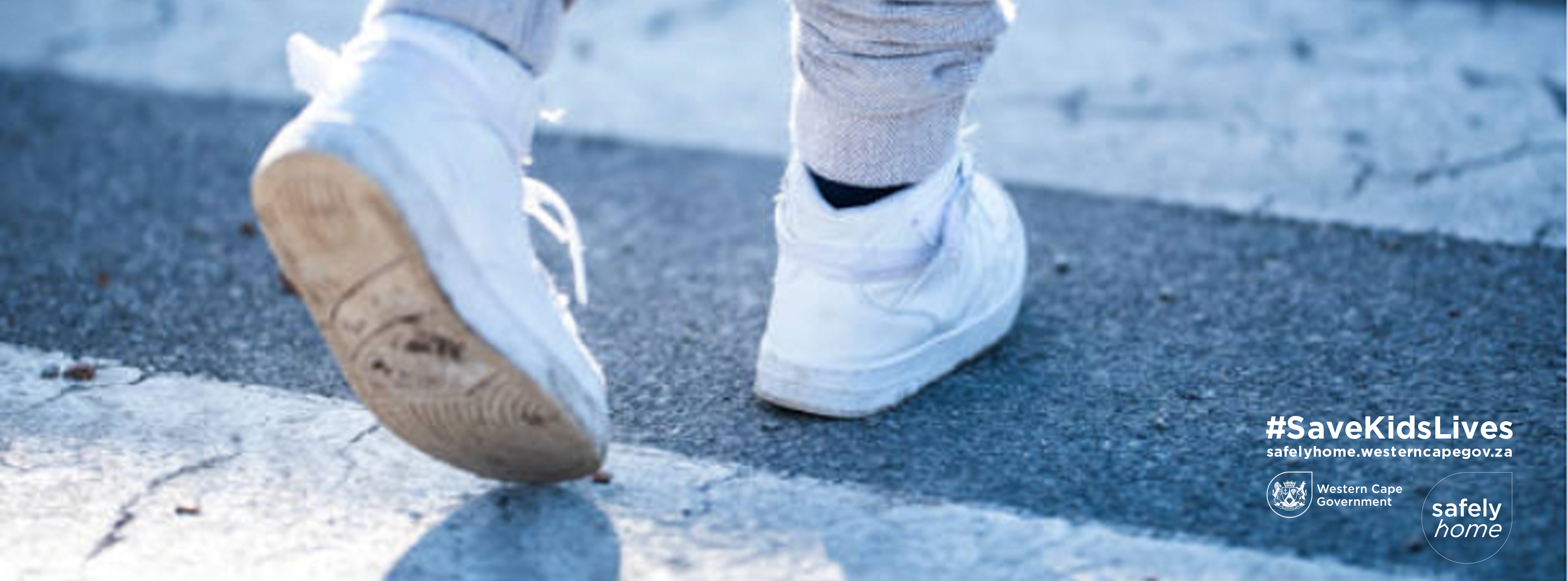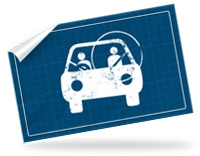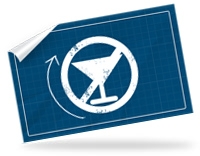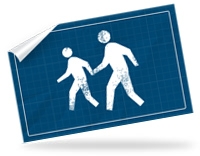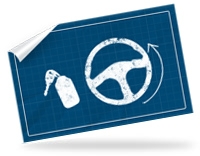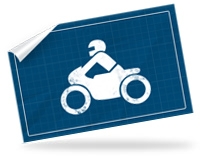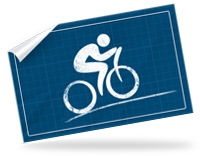Child pedestrian fatalities, aged 10 years or younger, Western Cape, 1/1/2014 - 15/9/2014. Click on markers for details. Click here for larger map. Source: Forensic Pathology Services, Dept of Health, Western Cape
Child Road Deaths in the Western Cape: How You Can Make A Difference
If the learnings from the Global Road Safety Partnership’s 2014 summit on Road Safety for the African Child can be summarised into one sentence, it is this:
the most vulnerable road users are pedestrians, the most vulnerable pedestrians are children, and the most vulnerable children are the young children of the poor.
In the Western Cape, the situation is no different. In 2013, for example, of the 191 children killed on the roads in the province, 127 were run over, and 90 of these child pedestrians were aged 10 years or younger. In recognition of this, Safely Home will be driving the message that we can all play a part in bringing down the appalling rate of child road deaths, especially in our poorer communities.
191 CHILDREN WERE KILLED ON WESTERN CAPE ROADS IN 2013
In average, 75% of the children aged ten years or younger who are run over and killed in the province are from the Metro area, and almost entirely from poorer communities. The worst affected areas are Khayelitsha, Philippi, Delft, Nyanga, Mfuleni and Kraaifontein-Wallacedene.
So how can you help make child road safety Better Together?
First, simply by providing a better example to our children, wherever you are, and whether you are a parent or not. The average South African pedestrian pays little or no attention to road signs, traffic lights, or even to freeways. If you are a pedestrian who behaves this way, you need to understand the following very carefully: children will see you and they will copy your example, and this will lead them into dangerous and potentially fatal situations. Using the roads responsibly as a pedestrian will not only provide a good example for children, but dramatically decrease your own chance of becoming a road death statistic.
Little kids get struck in the head or chest by cars, so they are much more likely to be killed than adults.

Lwandile Tongo, run over and killed by alleged drunk driver, Mfuleni. Source: IOL
If you have children who must use the roads frequently, for example to walk to school, you must ensure they are well versed in the rules of the road, particularly when it comes to crossing the street. As well as crossing the street at designated crossing points wherever possible, and never walking on or near freeways, children need to learn to look both ways, listen and think when it comes to crossing a street. In South Africa, because of very low levels of traffic law compliance, it is critical that children understand that they must wait for traffic to stop before using pedestrian crossings. It is only with your help that we can truly tackle the crisis that is killing and maiming our most vulnerable children, and make the roads Better Together.
As a driver, you can help keep children safe by never speeding, and making a deliberate point of slowing down where large numbers of children are present. Remember that South Africa has very high urban speed limits compared to developed countries, and that driving at the speed limit is not always the safest choice for yourself or pedestrians. This is particularly important close to school opening and closing times, and on weekends and holidays. Kids often play in the street, particularly in townships, and even on the freeway system. Whether or not they should be there in the first place should not influence your decision to drive slower and exercise greater caution.
Large numbers of children are also killed as passengers, very often as a result of not being buckled up properly. Always use an age appropriate child seat when transporting children by road. Children who are not buckled up are far more likely to die than adults, and are more likely to be ejected from the vehicle. Ejection increases the risk of death by 300%. Click here for guidelines on age appropriate child seats.
Parents must also ensure that child pedestrians wear high-visibility clothing. This is important at all times, but especially in winter and if children will be walking in the early morning or evening. Reflective clothing such as reflective vests, takkies, caps, armbands, tassles etc can used, as well as white t-shirts and clothes. Safely Home can provide you with all the necessary information in this regard. Communities and individuals can also apply to their local municipality to have traffic calming measures introduced, such as lower speed limits, speed bumps and road signs. Many developed countries have introduced lower speed limits around schools to protect children, and parents should consider working through the school to get lower limits assigned to the surrounding streets at certain times on school days.

